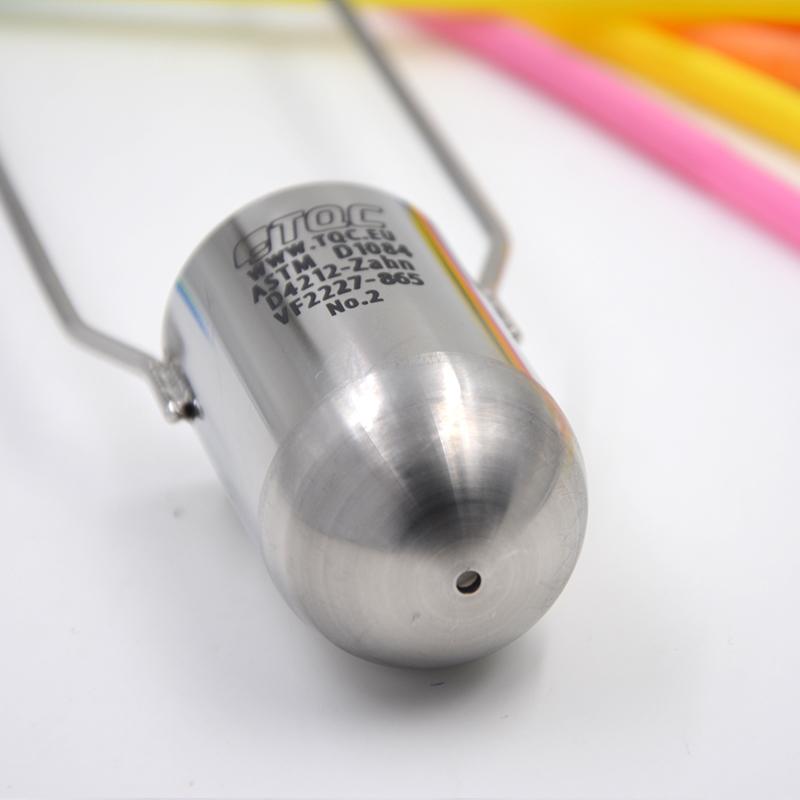Metoda stabilnej kontroli lepkości aplikacji farby
Lepkość aplikacji powłoki jest podstawowym czynnikiem zapewniającym kontrolę warstwy powłoki, which is very important for the stability of the coating process and the quality of the coating film. When we talk about paint application viscosity, we are referring to controlling the precise amount of paint during the coating process to ensure that the quality and performance of the final coating is up to standard.
If the construction viscosity is too low, it means that the amount of paint is too small when the coating machine applies the paint to the substrate, such as strip steel. This leads to problems: the amount of paint adhered to the strip surface is not enough, and the film thickness cannot meet the specified standards. This can result in a weak coating that does not provide the required protection or performance, which can be disastrous for some special-purpose coatings. Z drugiej strony, if the construction viscosity is too high, it means that the amount of paint is too much. This can lead to problems: too much paint sticks to the surface of the strip, resulting in a thick film. Coating film too thick can bring a number of problems, including increased paint cost, reduced flexibility of the film, increased drying time, and defects in the film surface. These problems will not only affect the quality of the product, but also may affect the appearance of the product, especially in the field of painting, color difference performance is crucial.
Metoda stabilnej kontroli lepkości aplikacji farby
Metoda stabilnej kontroli lepkości aplikacji farby
In order to ensure stable control of paint application viscosity, the coating process requires a high degree of accuracy and monitoring. The following are some common methods and techniques used to maintain the stability of construction viscosity:
Automatyczny system powlekania
Nowoczesne urządzenia do powlekania są często wyposażone w zautomatyzowane systemy, które mogą monitorować i kontrolować proces powlekania, aby zapewnić, że lepkość mieści się w dopuszczalnym zakresie.
Konstrukcja głowicy powłokowej
Projekt i dobór głowicy powlekającej jest bardzo ważny dla kontroli lepkości konstrukcji. Różne konstrukcje głowic są odpowiednie do różnych typów zadań powlekania i mogą pomóc w zapewnieniu równomiernego rozprowadzenia farby.
Precyzyjny system podawania farby
Układ zasilania farbą maszyn lakierniczych wymaga precyzyjnej kontroli przepływu farby, aby spełnić wymagane wymagania dotyczące lepkości.
Monitoring on-line i kontrola zwrotna
Używaj czujników i sprzętu monitorującego do monitorowania lepkości konstrukcji w czasie rzeczywistym i przeprowadzaj kontrolę ze sprzężeniem zwrotnym w oparciu o wyniki monitorowania, aby zapewnić stabilność.
Regularna kalibracja i konserwacja
Sprzęt do powlekania jest kalibrowany i regularnie konserwowany, aby zapewnić jego wydajność i dokładność.
Metoda stabilnej kontroli lepkości aplikacji farby

perora
Kontrola stabilności lepkości powłoki jest bardzo ważna dla zapewnienia jakości i wydajności powłoki powłokowej. Dzięki zastosowaniu nowoczesnych urządzeń do powlekania i technologii sterowania, a także regularną konserwację i monitorowanie, można skutecznie zarządzać lepkością konstrukcyjną i ją utrzymywać, aby mieć pewność, że powłoka spełnia wymagane standardy, spełniając w ten sposób wymagania produktu. Ma to ogromne znaczenie dla różnych gałęzi przemysłu, zwłaszcza w dziedzinie malowania i powlekania.
